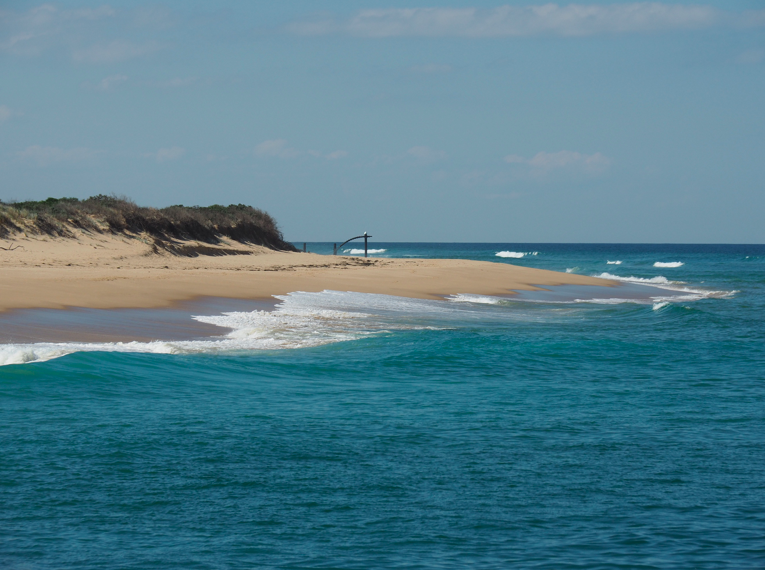You are here
Using scenarios in their hundreds and thousands to improve long-term adaptation decisions
Long-term climate change adaptation strategies involve dealing with significant uncertainty. However, traditional methods are being superseded by more flexible and comprehensive adaptation pathways approaches.
Adapting to climate change is no easy task. What changes should you prepare for? A temperature rise of 2 degrees or 3 degrees? Sea-level rise of 50 centimetres or one metre or more? What population changes will occur in your area? Is it more important to protect infrastructure or communities? Can you do both? Will there be future technological changes that you need to consider?
Protecting everyone and everything against all eventualities is clearly impossible. So how do you prioritise?
Tim Ramm, a PhD candidate in the School of Engineering and ICT at the University of Tasmania, has some suggestions.
‘Traditional approaches to manage uncertainty include a sensitivity analysis or selection of just a few scenarios,’ he says.
‘Computational advancements and improved data availability are allowing us to explore a much greater number of scenarios relating to coastal risks. Each scenario that we examine reflects a different combination of uncertain variables. It’s a much more powerful technique than hand-picking a few possibilities.’
This approach can be useful for evaluating long-term coastal adaptation measures, such as engineering infrastructure requiring large capital investment and designed to last decades or more.
‘Scenario-based methods such as robust decision-making or dynamic adaptive policy pathways allow a much larger uncertainty space to be explored. We can test adaptation options across hundreds, even thousands, of scenarios, allowing for a more robust decision-making process. These approaches seek to understand under what scenarios decision-maker goals will no longer be achieved by a particular adaptation measure. That is, we can identify thresholds, which can be used to build adaptation pathways.’
An example of a decision-maker goal might be to maintain at current levels the number of people exposed to a coastal storm event, in the face of projected change.
‘Some councils have already started applying the adaptation pathways approach and established near-term actions and thresholds to manage coastal risk. Decisions can be based on observable changes to variables, such as a 50-centimetre sea-level rise or a population increase. When that change occurs, it can trigger actions to protect the community.’
Tim’s research suggests that the first step in this process is for communities, led by councils, to determine their adaptation goals and scope. Once they have established the context, communities can engage with other stakeholders and with specialists to collect relevant information about the risks, such as sea-level rise projections and possible adaptation options. Specialists can then help in the evaluation of adaptation measures. Finally, councils and their stakeholder can explore the trade-offs between different options.
More information: Learn more about the pathways approach to adaptation with NCCARF’s CoastAdapt tool
Have you heard of adaptation pathways approaches?
Can you think of problems facing your agency that could be considered using such an approach?
vfkej3ujx5rvytv6.png





